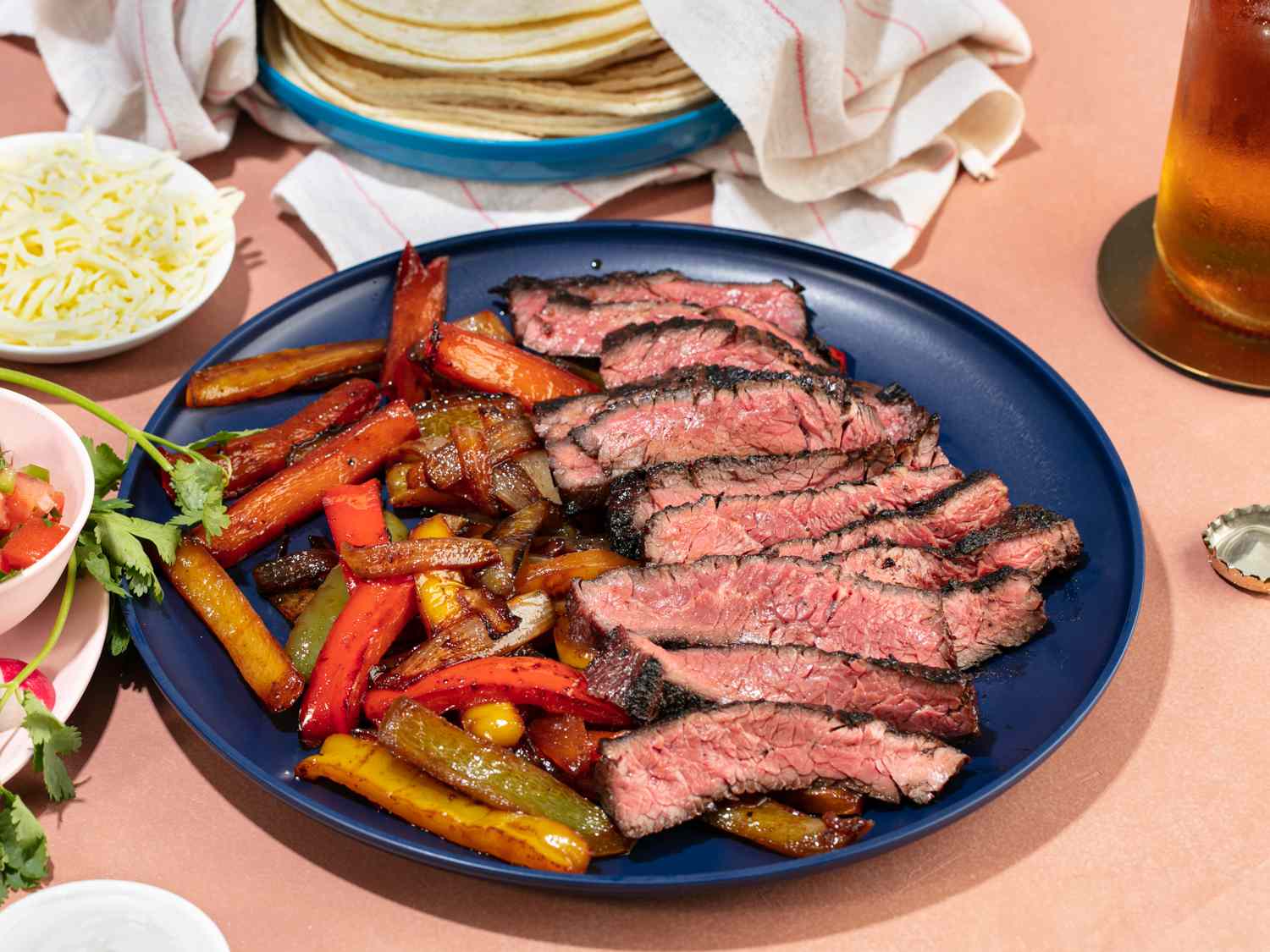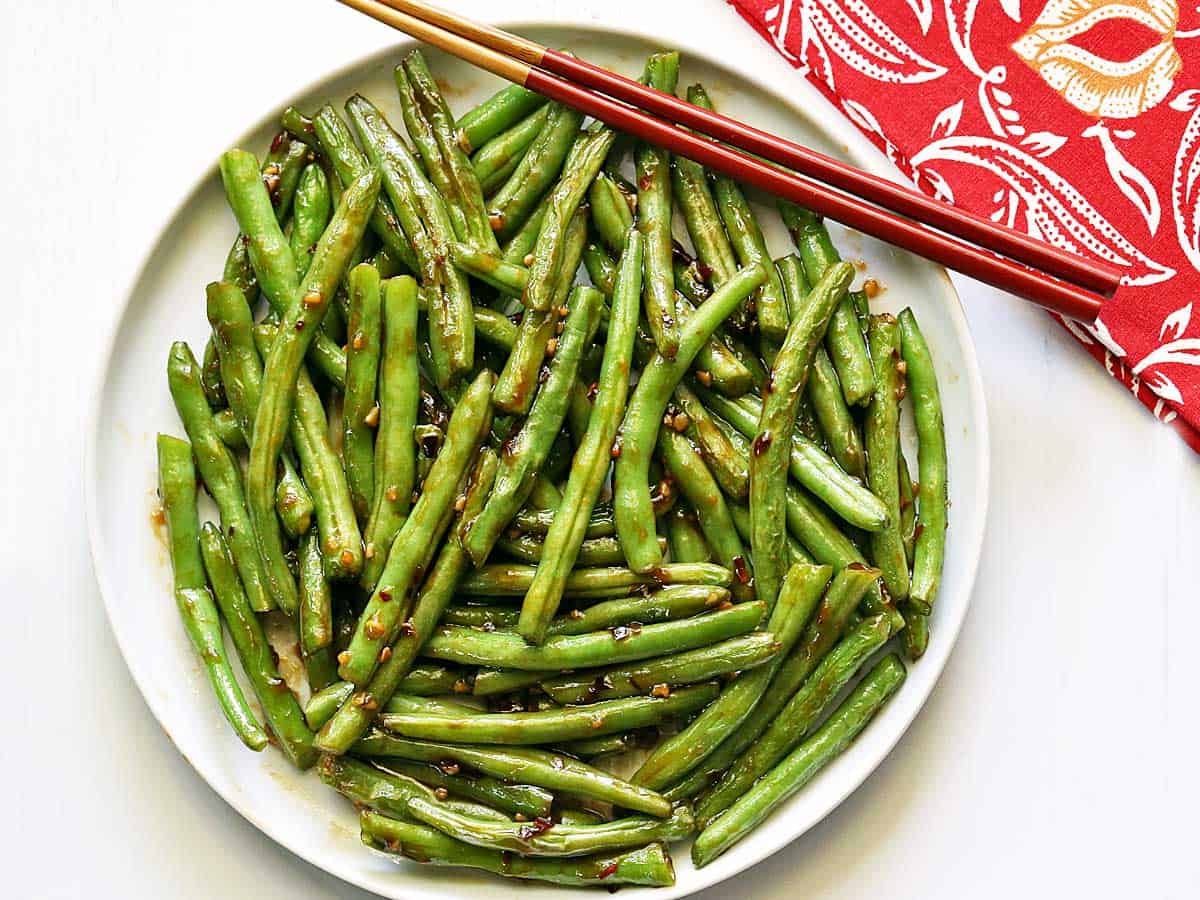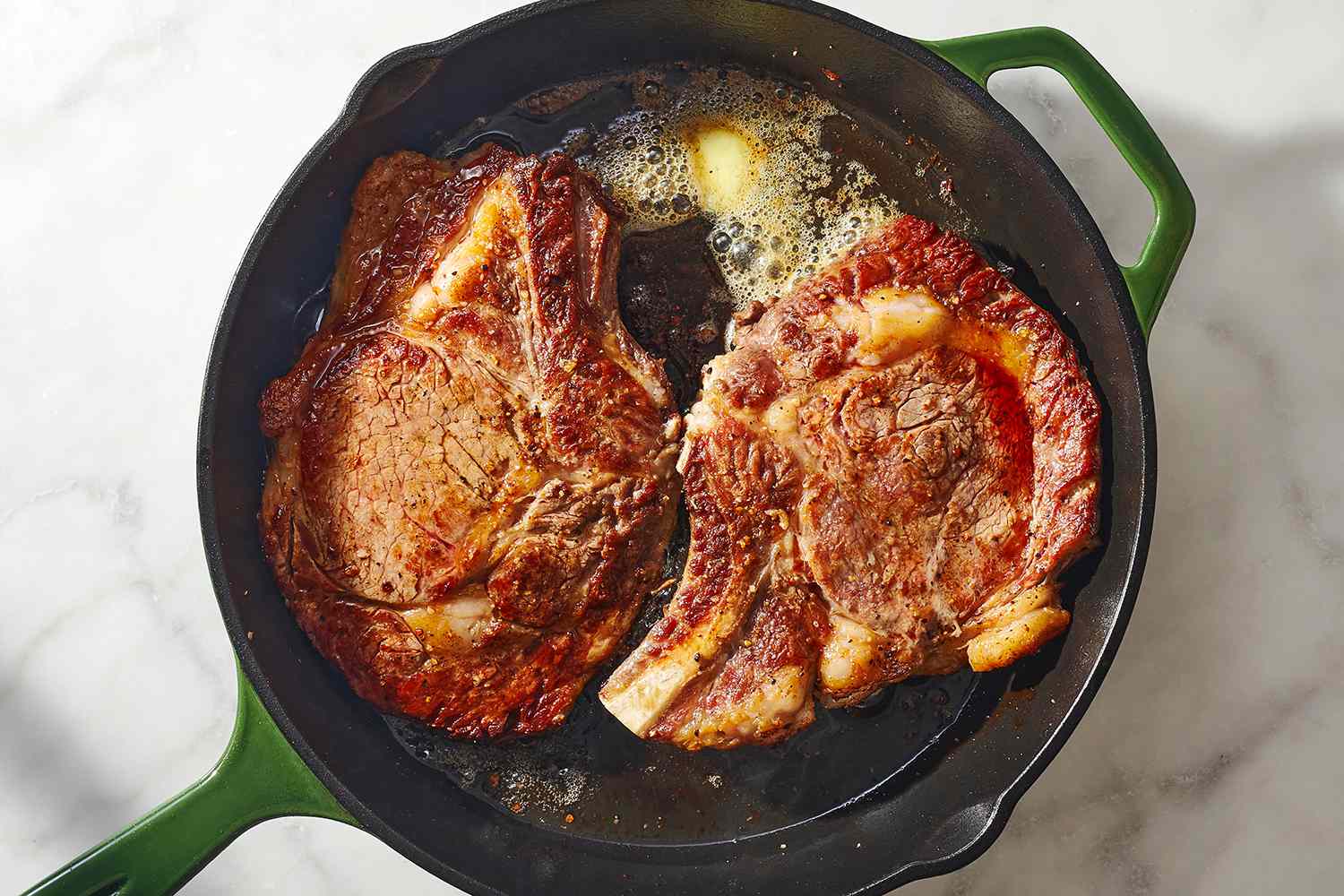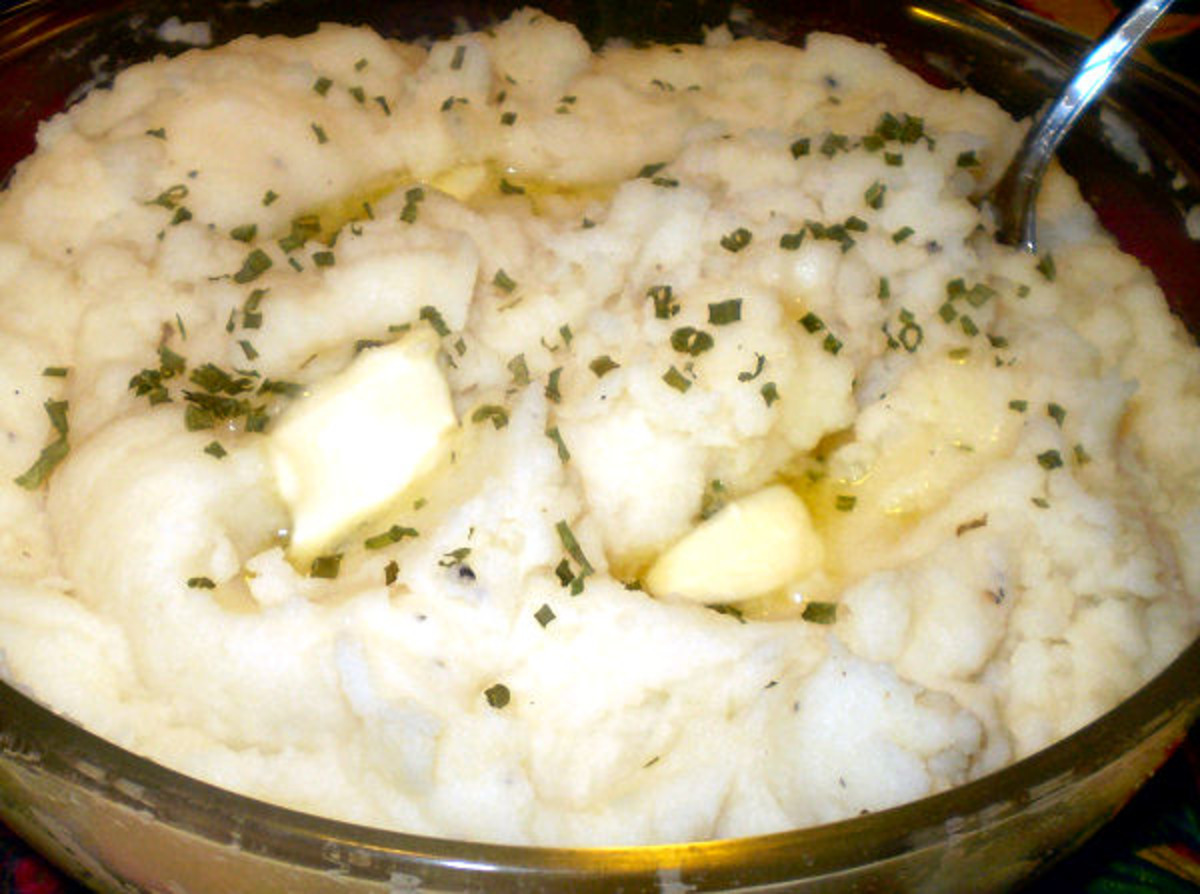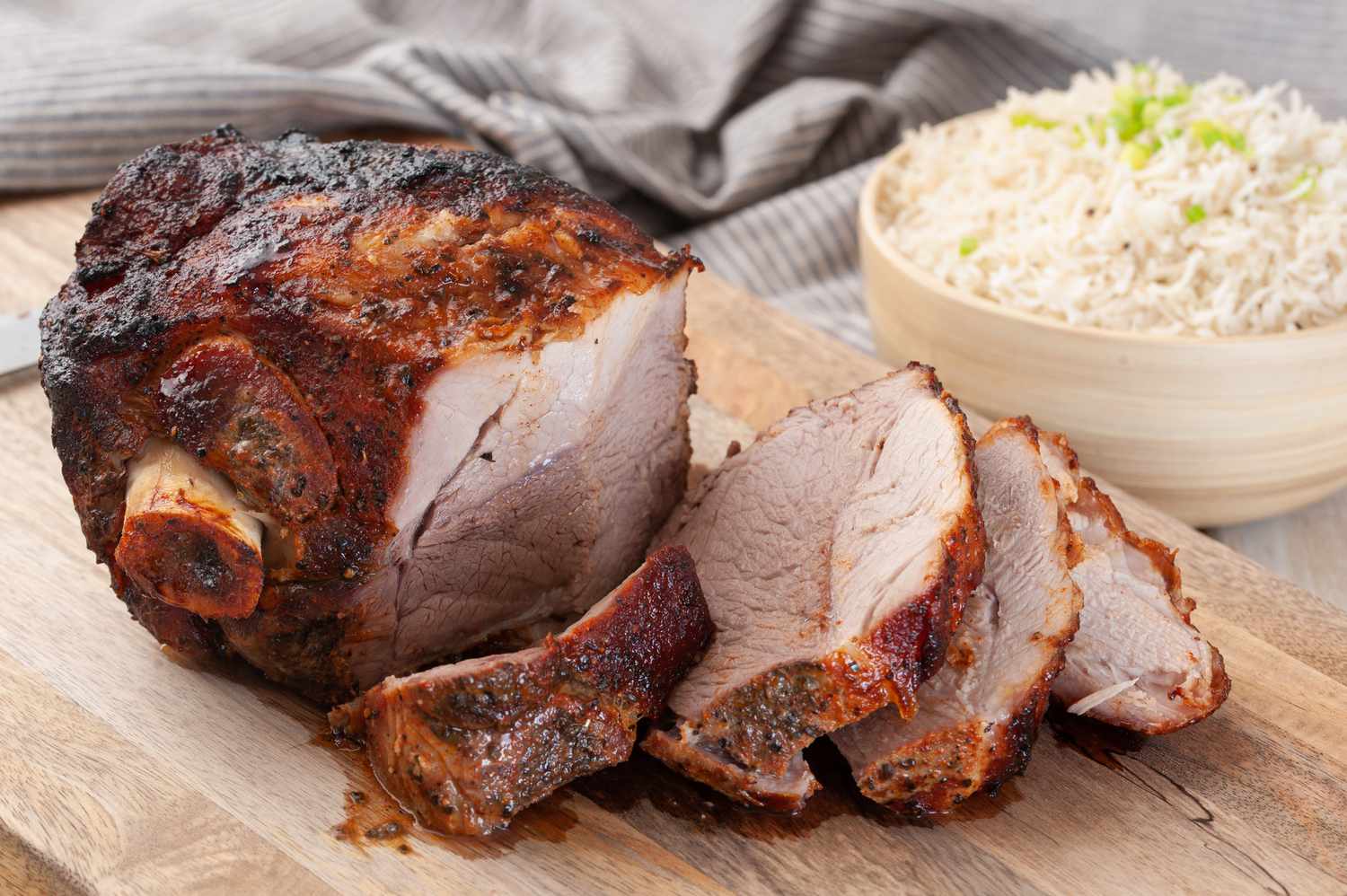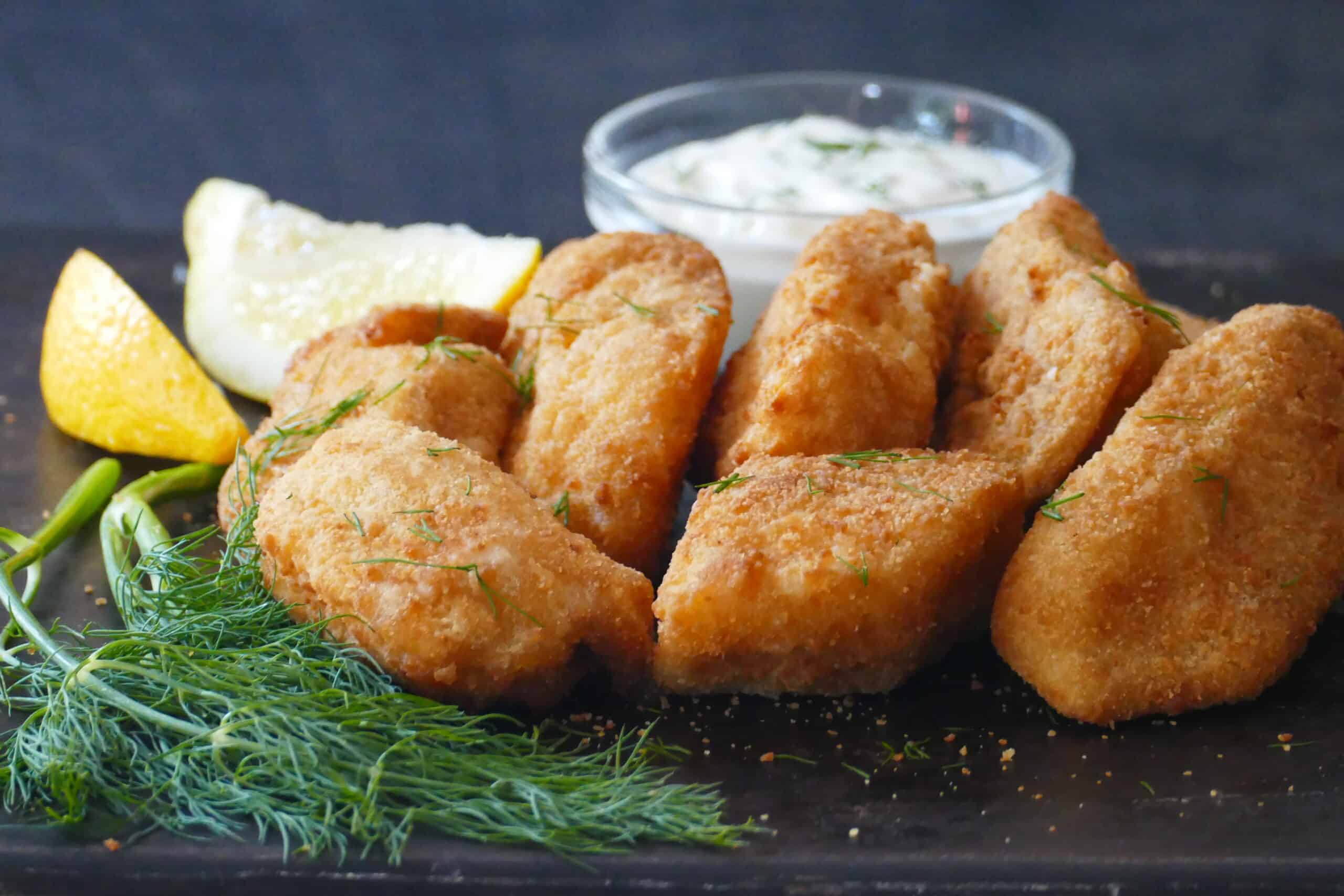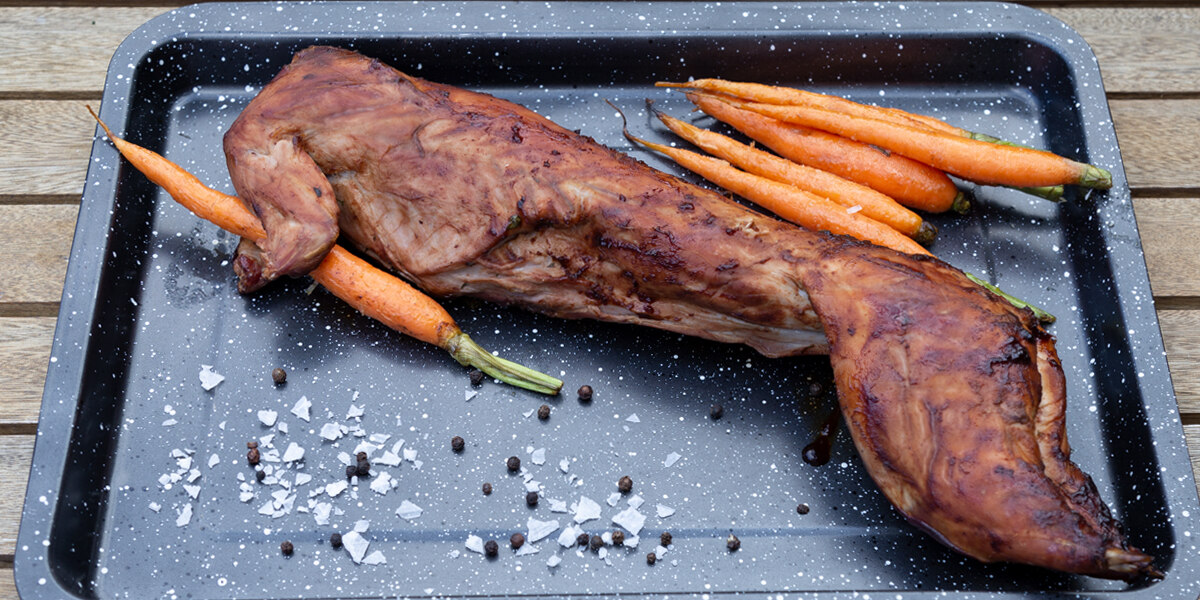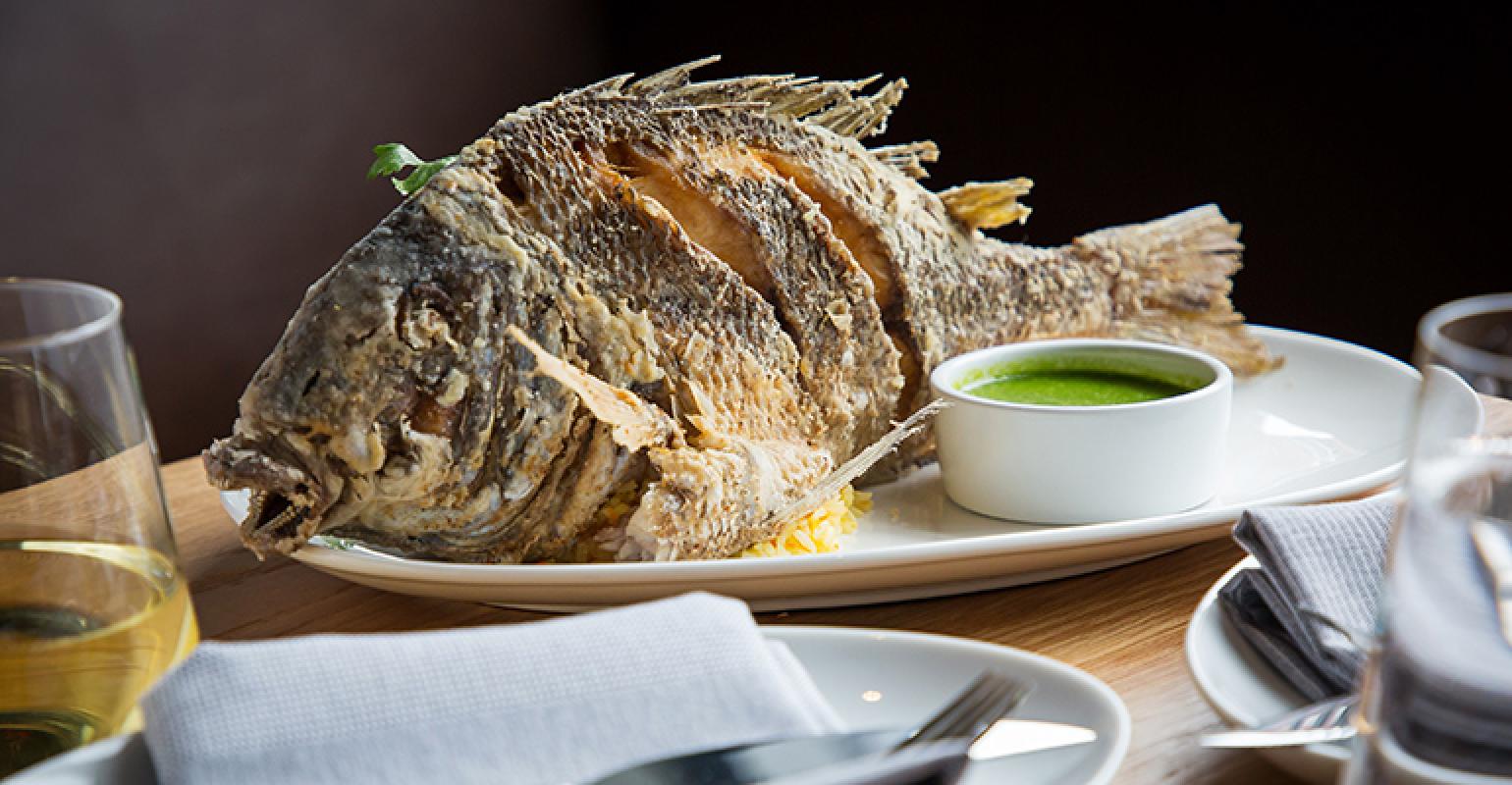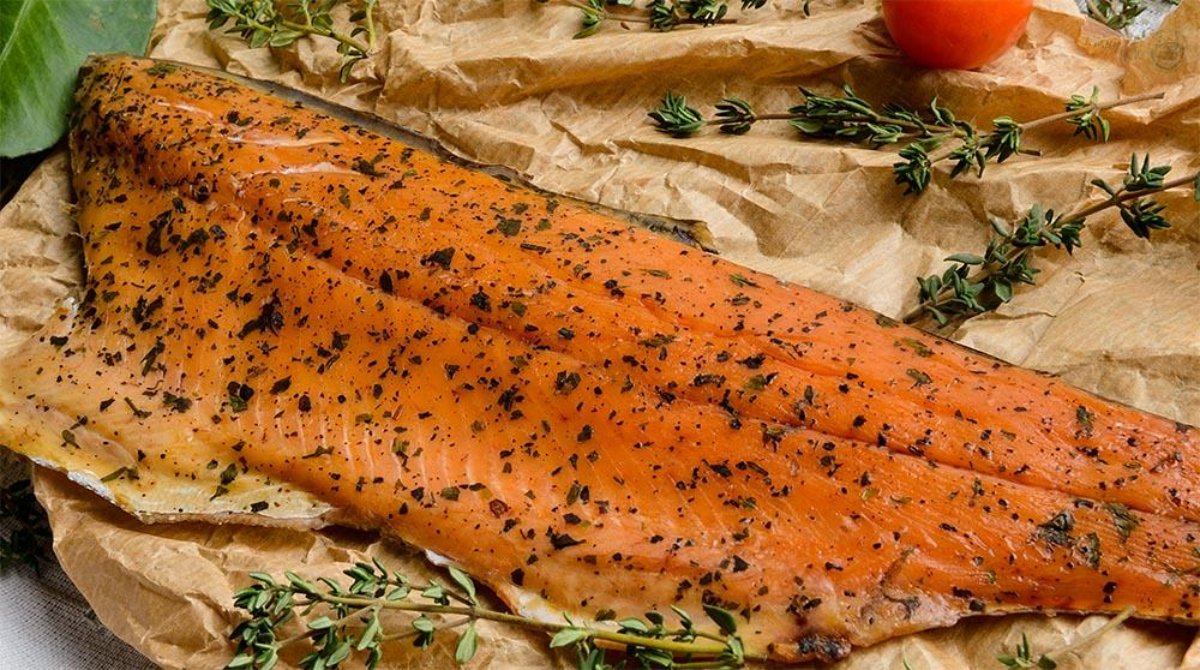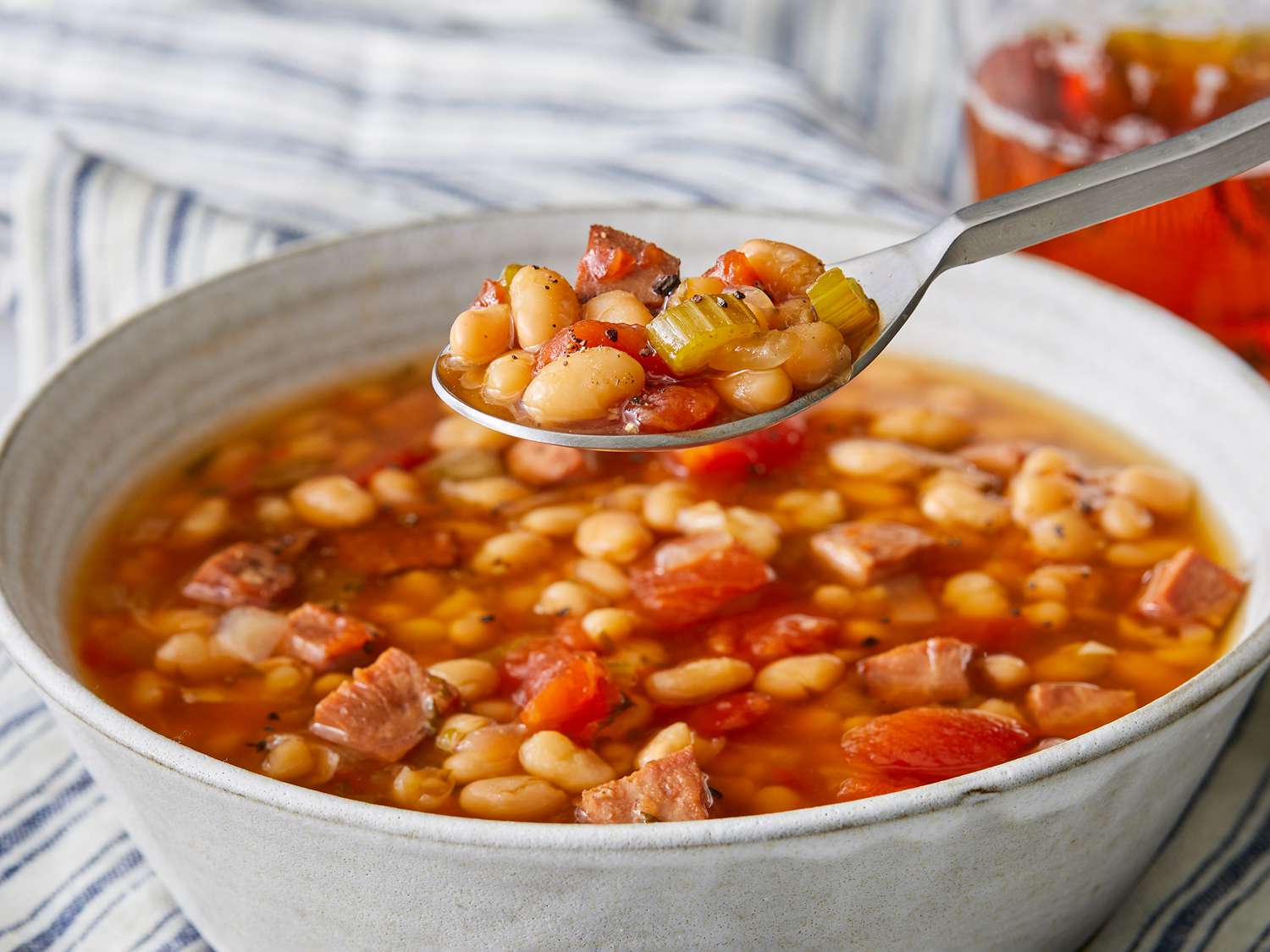Cooking My Tho noodles, a delightful Vietnamese specialty, offers a unique twist to your culinary adventures. These rice noodles, known for their thin, slightly chewy texture, serve as the perfect base for a variety of dishes, from savory soups to refreshing salads. Whether you're a seasoned chef or just starting out in the kitchen, mastering the art of cooking My Tho noodles can elevate your meals. This guide will walk you through the simple steps to perfectly cook these noodles, ensuring they come out just right every time. Get ready to impress your taste buds and add a new favorite to your recipe collection.
Essential Ingredients for My Tho Noodles
- 400g My Tho noodles
- 200g pork shoulder, thinly sliced
- 150g shrimp, peeled and deveined
- 2 quail eggs, boiled and halved
- 1 tablespoon fish sauce
- 1 teaspoon sugar
- 2 cloves garlic, minced
- 1 shallot, thinly sliced
- 4 cups chicken broth
- Bean sprouts, for garnish
- Fresh herbs (cilantro, basil), for garnish
- Lime wedges, for serving
- Chili slices, for serving
- Fried shallots, for garnish
- Salt and pepper, to taste
Necessary Tools for Crafting My Tho Noodles
- Large pot for boiling noodles
- Strainer or colander to drain noodles
- Sharp knife for slicing ingredients
- Cutting board for prepping veggies and meats
- Skillet or wok for stir-frying ingredients
- Spatula or tongs for mixing and serving
- Measuring cups and spoons for accurate ingredient portions
- Serving bowls for presenting the dish
- Ladle for adding broth to bowls
Cooking My Tho noodles involves boiling water, adding noodles, and simmering for about 6-8 minutes. Stir occasionally to prevent sticking. Drain and rinse under cold water to stop cooking.
The Importance of Making My Tho Noodles
Cooking My Tho noodles brings a slice of Vietnamese culture into your kitchen. This culinary practice celebrates traditional flavors and techniques, offering a delicious way to explore and appreciate Vietnam's rich gastronomic heritage. Preparing these noodles not only satisfies hunger but also fosters a deeper understanding of diverse culinary traditions.
Using My Tho noodles in dishes is a testament to the versatility and adaptability of Vietnamese cuisine. Whether in soups or stir-fries, these noodles provide a perfect canvas for showcasing fresh ingredients and bold flavors. Cooking with them encourages culinary creativity and introduces an authentic taste of Vietnam to any meal.
Your Guide to Cooking My Tho Noodles
-
Gather Ingredients
- My Tho noodles: These are rice noodles, thinner and slightly different in texture compared to other types.
- Broth ingredients: Typically includes chicken or beef bones, onions, ginger, and spices like star anise, cinnamon, and cloves.
- Protein choices: Chicken, beef slices, shrimp, or tofu for a vegetarian option.
- Vegetables: Bean sprouts, scallions, cilantro, and sliced onions.
- Seasonings: Fish sauce, salt, sugar, and lime wedges for serving.
-
Prepare Broth
- Char onions and ginger under a broiler or over an open flame to enhance flavor.
- Simmer bones in water for at least 1-2 hours, skimming off any impurities that rise to the surface.
- Add charred onions, ginger, and spices. Continue to simmer.
- Season with fish sauce, salt, and sugar. Adjust according to taste.
- Strain broth to remove solids, keeping only the clear broth.
-
Cook Noodles
- Soak My Tho noodles in warm water until they're soft, usually about 20 minutes.
- Boil a pot of water, then cook noodles for about 30 seconds to a minute. They cook quickly.
- Drain noodles and rinse under cold water to stop cooking process.
-
Prepare Proteins and Vegetables
- Slice proteins thinly so they cook quickly.
- Blanch or stir-fry vegetables lightly if desired. Raw bean sprouts and herbs can be used fresh.
-
Assemble Bowls
- Place a serving of noodles in each bowl.
- Arrange slices of protein and vegetables over noodles.
- Ladle hot broth over the top, cooking the protein slices (if using thin slices of beef, for example).
- Garnish with scallions, cilantro, and sliced onions.
-
Serve
- Offer lime wedges, extra fish sauce, and chili sauce or slices on the side for individuals to adjust seasoning to their taste.
Mastering My Tho Noodles
Cooking My Tho noodles isn't just about following a recipe; it's an adventure into Vietnamese cuisine. With the right ingredients and a bit of patience, anyone can bring this traditional dish to their table. Remember, the secret lies in the broth's flavor, the freshness of the herbs, and the quality of the noodles. Don't shy away from experimenting with toppings to find your perfect combination. Whether you're a seasoned chef or a curious foodie, mastering My Tho noodles offers a delicious way to explore the rich culinary landscape of Vietnam. So, grab your pot, set your stove, and let the journey begin. With each attempt, you'll get closer to the perfect bowl, making this dish not just a meal but an experience to savor.
Readers eager to master My Tho noodles can start with the flavorful Hu Tieu Xao, a great introduction to stir-frying techniques and balancing flavors. For those interested in a refreshing option, the Vietnamese Grilled Pork Noodle Salad offers a delightful mix of textures and the vibrant taste of herbs. If spice is your thing, the Spicy My Tho Noodles with Shrimp packs a punch and teaches the art of blending heat with seafood. Another must-try is the My Tho Noodle Soup with Pork and Mushrooms, showcasing the comforting depth of a good broth. Finally, the My Tho Noodle Salad with Mango and Grilled Shrimp provides a unique twist, combining sweet and savory elements that highlight the versatility of My Tho noodles.
Common Questions About Cooking My Tho Noodles
What are My Tho noodles, and how do they differ from other types?
My Tho noodles are a type of Vietnamese rice noodle, known for their distinct chewiness and slightly thicker texture compared to other rice noodles like pho. Originating from My Tho city in the Tien Giang province, these noodles stand out for their unique production process, which involves multiple steaming and drying cycles, giving them a characteristic texture that's perfect for soaking up flavors.
Can I make My Tho noodles at home, and what ingredients do I need?
Absolutely, making My Tho noodles at home is doable and rewarding. You'll need rice flour, tapioca starch for that chewy texture, water, and a pinch of salt. Patience and precision in measurements are your best pals here to achieve the perfect noodle consistency.
What's the best way to cook My Tho noodles?
For perfectly cooked My Tho noodles, bring a large pot of water to a rolling boil. Add noodles, stirring gently to prevent sticking. Cook for about 6-8 minutes or until they're just tender. Immediately rinse under cold water to stop the cooking process and keep them from sticking together. This method ensures they retain their signature chewy texture.
Are there specific dishes that highlight My Tho noodles?
My Tho noodles shine in a variety of dishes, but they're famously used in Hu Tieu My Tho, a soup that's a symphony of pork broth, seafood, and vegetables, showcasing the noodles' ability to absorb and complement the flavors. They're also fantastic in stir-fries and salads, where their texture can really stand out.
How do I store leftover My Tho noodles, and how long will they last?
Leftover My Tho noodles should be stored in an airtight container in the refrigerator. When properly stored, they can last for up to 5 days. For best results, toss them with a little oil before storing to prevent sticking. Reheat gently with a splash of water to bring back their original texture.
Can My Tho noodles be a good option for gluten-free diets?
Yes, My Tho noodles are a fantastic option for those on a gluten-free diet, as they're made from rice flour and tapioca starch, both of which are naturally gluten-free. However, always check packaging if you're buying them pre-made to ensure no gluten-containing ingredients were added during processing.
What are some tips for first-timers cooking My Tho noodles?
For those new to cooking My Tho noodles, remember not to overcook them – they should be slightly chewy, not mushy. Also, don't be afraid to experiment with different broths and toppings. My Tho noodles are incredibly versatile and can be adapted to suit a wide range of flavors and preferences.
Was this page helpful?
Read Next: How To Cook Summer Sausage In Oven
